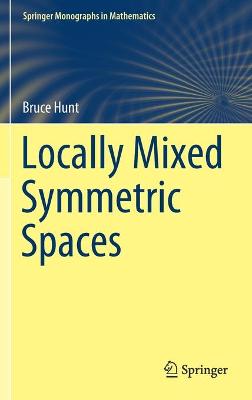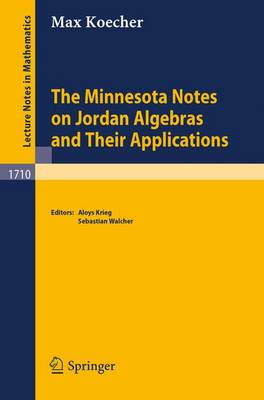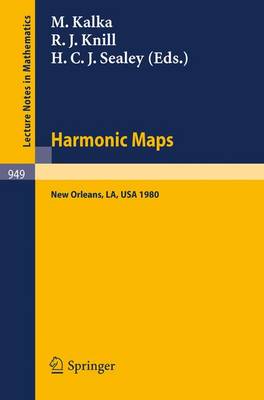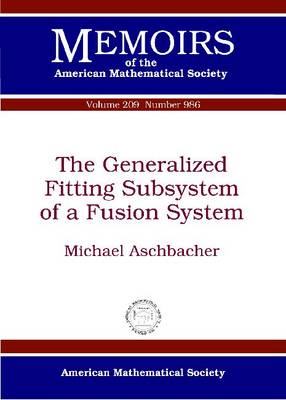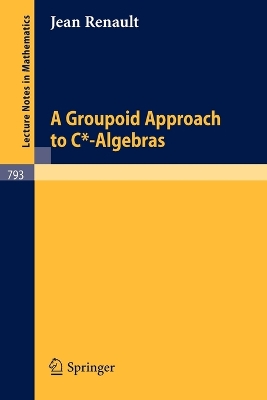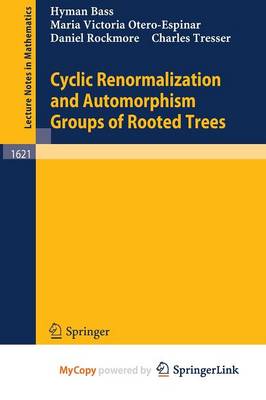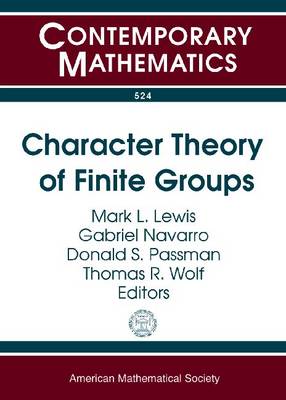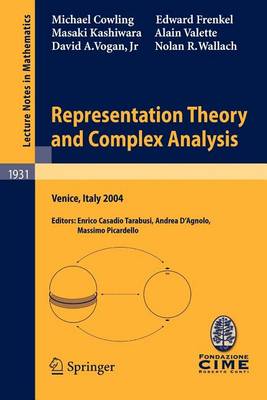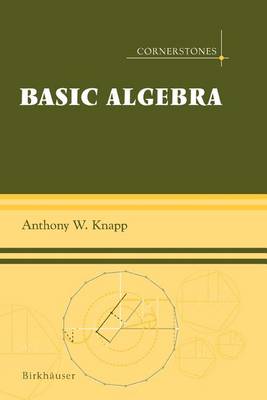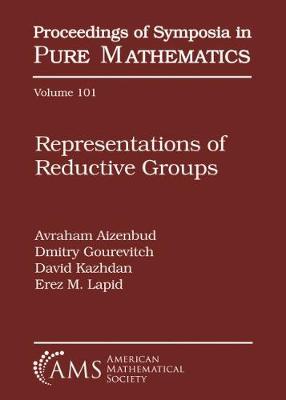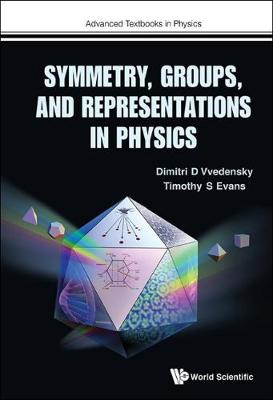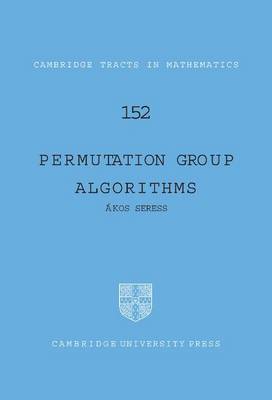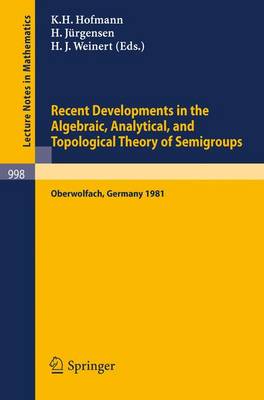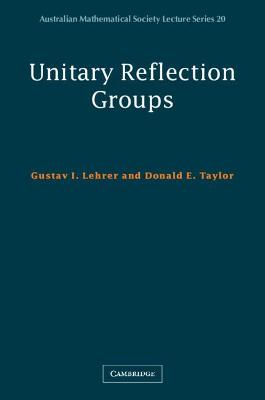Locally Mixed Symmetric Spaces (Springer Monographs in Mathematics)
by Bruce Hunt
What do the classification of algebraic surfaces, Weyl's dimension formula and maximal orders in central simple algebras have in common? All are related to a type of manifold called locally mixed symmetric spaces in this book. The presentation emphasizes geometric concepts and relations and gives each reader the "roter Faden", starting from the basics and proceeding towards quite advanced topics which lie at the intersection of differential and algebraic geometry, algebra and topology.Avoiding t...
Linear Algebraic Groups (Graduate Texts in Mathematics, #126)
by Armand Borel
This revised, enlarged edition of Linear Algebraic Groups (1969) starts by presenting foundational material on algebraic groups, Lie algebras, transformation spaces, and quotient spaces. It then turns to solvable groups, general properties of linear algebraic groups, and Chevally’s structure theory of reductive groups over algebraically closed groundfields. It closes with a focus on rationality questions over non-algebraically closed fields.
The Minnesota Notes on Jordan Algebras and Their Applications (Lecture Notes in Mathematics, #1710)
by Max Koecher
This volume contains a re-edition of Max Koecher's famous Minnesota Notes. The main objects are homogeneous, but not necessarily convex, cones. They are described in terms of Jordan algebras. The central point is a correspondence between semisimple real Jordan algebras and so-called omega-domains. This leads to a construction of half-spaces which give an essential part of all bounded symmetric domains. The theory is presented in a concise manner, with only elementary prerequisites. The editors h...
The 2009 World Forecasts of Electric Table, Desk, Bedside, or Floor-Standing Lamps Export Supplies
by Philip M. Parker
The Generalized Fitting Subsystem of a Fusion System (Memoirs of the American Mathematical Society)
by Michael Aschbacher
The notion of a fusion system was first defined and explored by Puig, in the context of modular representation theory. Later, Broto, Levi, and Oliver extended the theory and used it as a tool in homotopy theory. The author seeks to build a local theory of fusion systems, analogous to the local theory of finite groups, involving normal subsystems and factor systems. Among other results, he defines the notion of a simple system, the generalized Fitting subsystem of a fusion system, and prove the L...
A Groupoid Approach to C*-Algebras (Lecture Notes in Mathematics, #793)
by Jean Renault
Real Productive Groups I (Pure and Applied Mathematics, #132)
by Nolan R Wallach
Real Reductive Groups I is an introduction to the representation theory of real reductive groups. It is based on courses that the author has given at Rutgers for the past 15 years. It also had its genesis in an attempt of the author to complete a manuscript of the lectures that he gave at the CBMS regional conference at The University of North Carolina at Chapel Hill in June of 1981. This book comprises 10 chapters and begins with some background material as an introduction. The following chapt...
Groups, Languages and Geometry (Contemporary Mathematics)
This volume contains the proceedings of the AMS-IMS-SIAM Joint Summer Research Conference on Geometric Group Theory and Computer Science held at Mount Holyoke College (South Hadley, MA). The conference was devoted to computational aspects of geometric group theory, a relatively young area of research which has grown out of an influx of ideas from topology and computer science into combinatorial group theory. The book reflects recent progress in this interesting new field. Included are articles a...
Character Theory of Finite Groups (Contemporary Mathematics)
Representation Theory and Complex Analysis (Lecture Notes in Mathematics, #1931) (C.I.M.E. Foundation Subseries, #1931)
by Michael Cowling, Edward Frenkel, and Masaki Kashiwara
Six leading experts lecture on a wide spectrum of recent results on the subject of the title. They present a survey of various interactions between representation theory and harmonic analysis on semisimple groups and symmetric spaces, and recall the concept of amenability. They further illustrate how representation theory is related to quantum computing; and much more. Taken together, this volume provides both a solid reference and deep insights on current research activity.
Regular Subgroups of Primitive Permutation Groups
The authors address the classical problem of determining finite primitive permutation groups G with a regular subgroup B. The main theorem solves the problem completely under the assumption that G is almost simple. While there are many examples of regular subgroups of small degrees, the list is rather short (just four infinite families) if the degree is assumed to be large enough, for example at least 30!. Another result determines all primitive groups having a regular subgroup which is almost s...
Conjugacy Classes in Gauge Groups (Queen's Papers in Pure and Applied Mathematics,, #111)
by Renzo A. Piccinini
Representations of Reductive Groups (Proceedings of Symposia in Pure Mathematics)
This volume contains the proceedings of the Conference on Representation Theory and Algebraic Geometry, held in honor of Joseph Bernstein, from June 11-16, 2017, at the Weizmann Institute of Science and The Hebrew University of Jerusalem. The topics reflect the decisive and diverse impact of Bernstein on representation theory in its broadest scope.
This book is an introduction to symmetry in physics based on discrete and continuous groups. No knowledge of algebra is assumed and the book is suitable for both beginning and advanced graduate students. In fact, at Imperial College, the notes on which this book is based have been thoroughly tested in the classroom by two lecturers with quite different backgrounds (condensed matter theory and field theory) to classes composed of third- and fourth-year undergraduate students as well as students f...
Cambridge Tracts in Mathematics: Permutation Group Algorithms
by Akos Seress
The 2009 World Forecasts of Electrothermic Hairdressing or Hand-Drying Apparatus Export Supplies
by Philip M. Parker
Systems of Microdifferential Equations (Progress in Mathematics, #34)
by Masaki Kashiwara
Unitary Reflection Groups (Australian Mathematical Society Lecture)
by Gustav I. Lehrer and Donald E. Taylor
A complex reflection is a linear transformation which fixes each point in a hyperplane. Intuitively, it resembles the transformation an image undergoes when it is viewed through a kaleidoscope, or arrangement of mirrors. This book gives a complete classification of all groups of transformations of n-dimensional complex space which are generated by complex reflections, using the method of line systems. In particular: irreducible groups are studied in detail, and are identified with finite linear...

